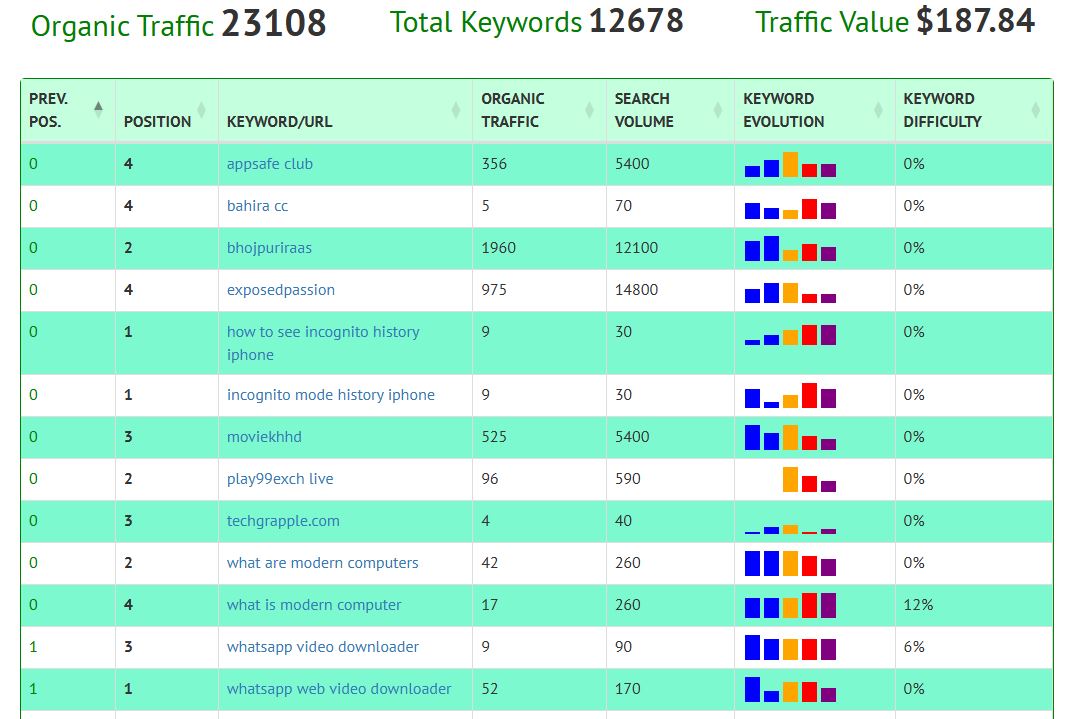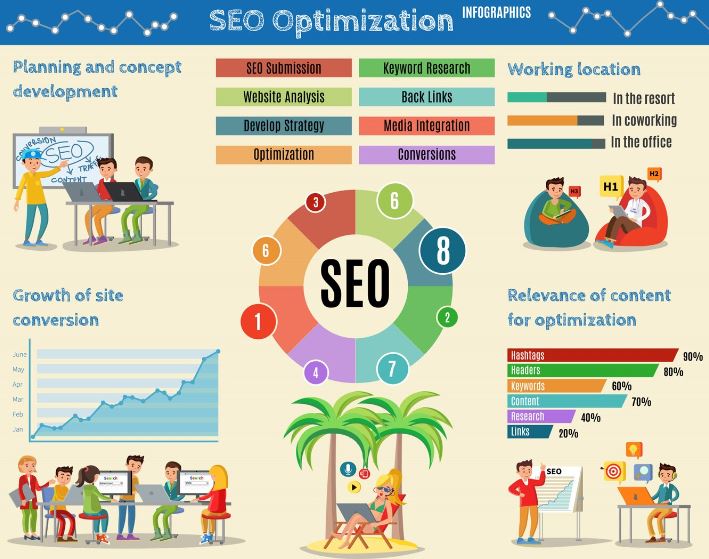
To achieve 100% mobile optimization for your website, several key characteristics must be implemented. Start with responsive design to ensure your site adapts to various screen sizes. Focus on loading speed, aiming for a load time of under 3 seconds by compressing images and minimizing code. Simplify navigation with clear menus and large buttons, while prioritizing content to highlight the most important information first.
Optimize images and multimedia for mobile, and simplify forms for easier completion. Take advantage of mobile-specific features like geolocation and "click to call." Ensure your site is optimized for mobile SEO, using structured data and friendly URLs. Regularly conduct testing and monitoring to identify areas for improvement, and prioritize accessibility for all users.
Additionally, design with touch interactions in mind, use mobile-optimized typography, and ensure your site is compatible across different browsers. If applicable, implement AMP (Accelerated Mobile Pages) for faster loading times. By following these guidelines, you can create a mobile-friendly website that enhances user experience and improves search engine rankings.
Responsive Design
Responsive design is the foundation of mobile optimization. It ensures your website automatically adapts to the size and orientation of the device's screen. This guarantees a consistent user experience across smartphones, tablets, and other mobile devices.
Loading Speed
Speed is critical on mobile. Your site should load in less than 3 seconds to prevent users from abandoning it. To optimize speed:
- Compress images and files
- Minify CSS and JavaScript code
- Utilize browser caching
- Implement lazy loading of content
Simplified Navigation
Design a clear and simple navigation structure:
- Use a hamburger menu to hide secondary options
- Limit the number of main menu items
- Use large, finger-friendly buttons
- Implement a visible and accessible search bar
Prioritized Content
Organize content hierarchically, showing the most important information first:
- Use headings (H1, H2, H3) to structure information
- Employ short, concise paragraphs
- Use lists and bullet points to present information clearly
- Prioritize content most relevant to mobile users
Image and Multimedia Optimization
Adapt visual elements for mobile devices:
- Use responsive images that adjust to screen size
- Compress images without losing quality
- Consider using modern formats like WebP
- Avoid excessive use of animations or effects that might slow down loading
Optimized Forms
Simplify forms to facilitate completion on mobile devices:
- Minimize the number of required fields
- Use specific keyboards for each input type (numeric, email, etc.)
- Implement auto-completion where possible
- Offer real-time validation to avoid errors
Mobile-Specific Functionalities
Take advantage of the unique capabilities of mobile devices:
- Implement geolocation to offer location-relevant content
- Use "click to call" to facilitate phone contact
- Integrate one-touch social media sharing options
- Consider using push notifications if relevant to your business
Mobile SEO Optimization
Ensure your site is optimized for Google's mobile-first indexing:
- Use mobile-optimized meta tags
- Implement structured data (schema markup)
- Ensure content is accessible and crawlable on the mobile version
- Use friendly and consistent URLs between mobile and desktop versions
Continuous Testing and Monitoring
Regularly test your site on different mobile devices and browsers. Use tools like Google's Mobile-Friendly Test and PageSpeed Insights to identify areas for improvement.
Accessibility
Ensure your site is accessible to all users:
- Use appropriate color contrast
- Implement alternative text for images
- Ensure all interactive elements are keyboard accessible
- Follow Web Content Accessibility Guidelines (WCAG)
Touch-Friendly Design
Design with touch interactions in mind:
- Use adequately sized touch targets (at least 44x44 pixels)
- Provide enough space between clickable elements
- Implement swipe gestures for image galleries or carousels
- Consider using sticky navigation for easy access
Mobile-Optimized Typography
Ensure text is easily readable on small screens:
- Use a font size of at least 16px for body text
- Maintain appropriate line height and spacing
- Choose easily readable fonts
- Avoid using too many different font styles
Optimized Local SEO
For businesses with physical locations:
- Include your address and phone number prominently
- Embed Google Maps for easy directions
- Optimize for local keywords
- Encourage and manage customer reviews
Cross-Browser Compatibility
Ensure your site works well across different mobile browsers:
- Test on Chrome, Safari, Firefox, and other popular mobile browsers
- Address any browser-specific issues
- Use CSS prefixes for broader compatibility
Mobile-Friendly Pop-ups
If you use pop-ups:
- Ensure they're easily dismissible on mobile
- Don't let them cover the entire screen
- Time them appropriately to not disrupt the user experience
AMP Implementation
Consider implementing Accelerated Mobile Pages (AMP) for faster loading:
- Create AMP versions of your key pages
- Ensure AMP pages maintain your branding and key functionalities
- Monitor AMP performance in Google Search Console
Tips on SEO and Online Business
Next Articles
Previous Articles















